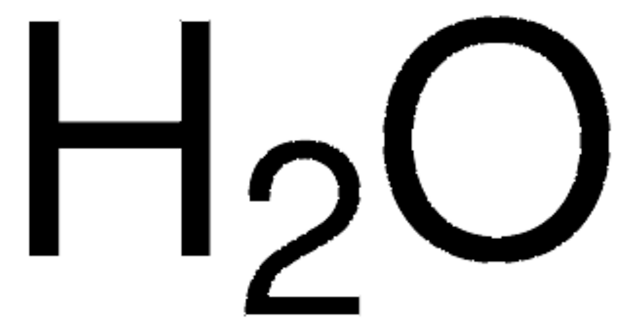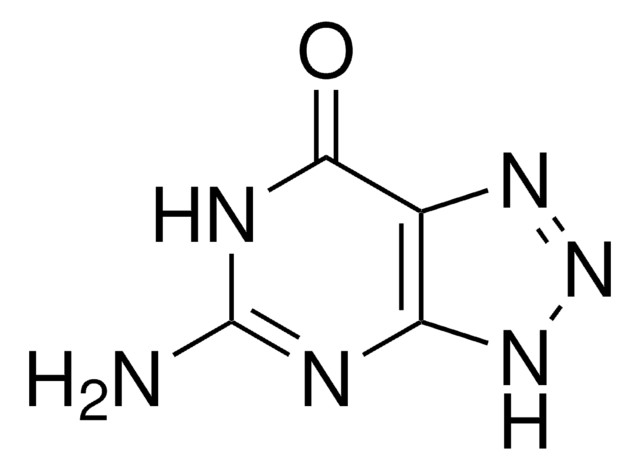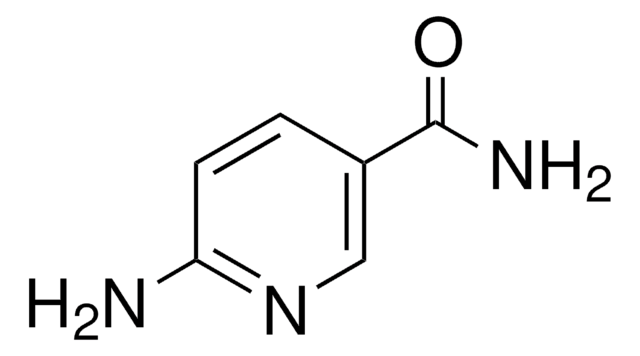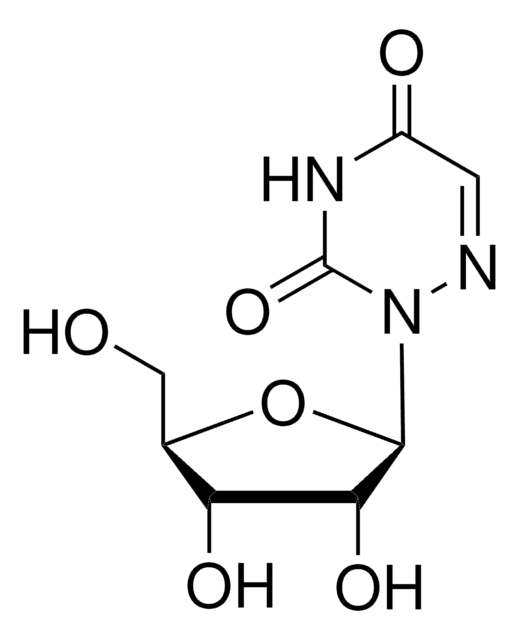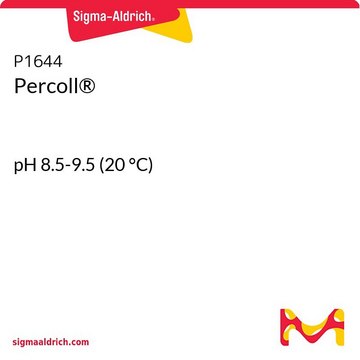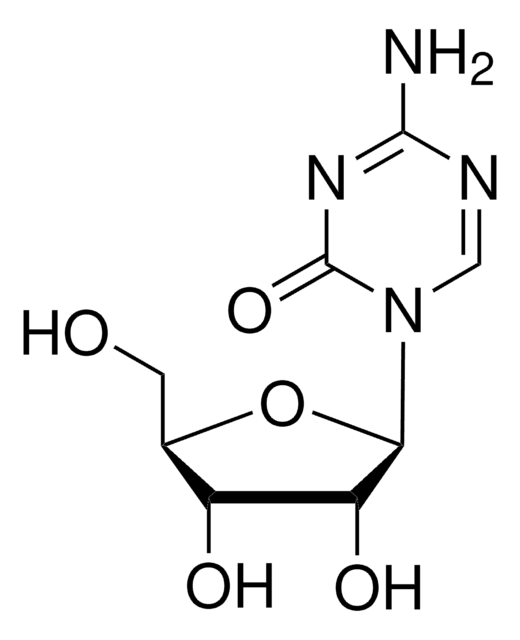A1757
6-Azauracil
≥98%
Synonym(s):
6-AU, 1,2,4-Triazine-3,5(2H,4H)-dione, 3,5-Dihydroxy-1,2,4-triazine, 6-Aza-2,4-dihydroxypyrimidine
Sign Into View Organizational & Contract Pricing
All Photos(2)
About This Item
Empirical Formula (Hill Notation):
C3H3N3O2
CAS Number:
Molecular Weight:
113.07
Beilstein:
116472
EC Number:
MDL number:
UNSPSC Code:
41106305
PubChem Substance ID:
NACRES:
NA.51
Recommended Products
Quality Level
Assay
≥98%
form
powder
mp
274-275 °C (lit.)
solubility
1 M NH4OH: 50 mg/mL, clear to slightly hazy, colorless to light yellow-green
SMILES string
O=C1NN=CC(=O)N1
InChI
1S/C3H3N3O2/c7-2-1-4-6-3(8)5-2/h1H,(H2,5,6,7,8)
InChI key
SSPYSWLZOPCOLO-UHFFFAOYSA-N
Looking for similar products? Visit Product Comparison Guide
Application
6-Azauracil has been used as a transcriptional inhibitor to study its effects on the deletion of termination and polyadenylation protein (Tpa1) and Mag1 on cell viability. It has also been used as an orotidine-5′-monophosphate decarboxylase (OMPdecase) inhibitor in minimal media for determining the OMPdecase activity.
Biochem/physiol Actions
6-Azauracil (6-AU) is a pyrimidine analog of uracil and exhibits antitumor activity. It inhibits the growth of various microorganisms by depleting intracellular guanosine triphosphate (GTP) and uridine triphosphate (UTP) nucleotide pools.
Storage Class Code
11 - Combustible Solids
WGK
WGK 3
Flash Point(F)
Not applicable
Flash Point(C)
Not applicable
Personal Protective Equipment
dust mask type N95 (US), Eyeshields, Gloves
Choose from one of the most recent versions:
Already Own This Product?
Find documentation for the products that you have recently purchased in the Document Library.
Kazuko Matsubara et al.
Genes to cells : devoted to molecular & cellular mechanisms, 12(1), 13-33 (2007-01-11)
The core histones are essential components of the nucleosome that act as global negative regulators of DNA-mediated reactions including transcription, DNA replication and DNA repair. Modified residues in the N-terminal tails are well characterized in transcription, but not in DNA
Peter L Freddolino et al.
eLife, 7 (2018-04-06)
Cells adapt to familiar changes in their environment by activating predefined regulatory programs that establish adaptive gene expression states. These hard-wired pathways, however, may be inadequate for adaptation to environments never encountered before. Here, we reveal evidence for an alternative
Clinical studies of 6-azauracil
Shnider BI, et al.
Cancer Research, 20(1), 28-33 (1960)
Hai-Ning Du et al.
Genes & development, 22(20), 2786-2798 (2008-10-17)
Set2-mediated H3 K36 methylation is an important histone modification on chromatin during transcription elongation. Although Set2 associates with the phosphorylated C-terminal domain (CTD) of RNA polymerase II (RNAPII), the mechanism of Set2 binding to chromatin and subsequent exertion of its
Rahul V Nene et al.
PLoS genetics, 14(1), e1007170-e1007170 (2018-01-11)
Defects in the genes encoding the Paf1 complex can cause increased genome instability. Loss of Paf1, Cdc73, and Ctr9, but not Rtf1 or Leo1, caused increased accumulation of gross chromosomal rearrangements (GCRs). Combining the cdc73Δ mutation with individual deletions of
Our team of scientists has experience in all areas of research including Life Science, Material Science, Chemical Synthesis, Chromatography, Analytical and many others.
Contact Technical Service